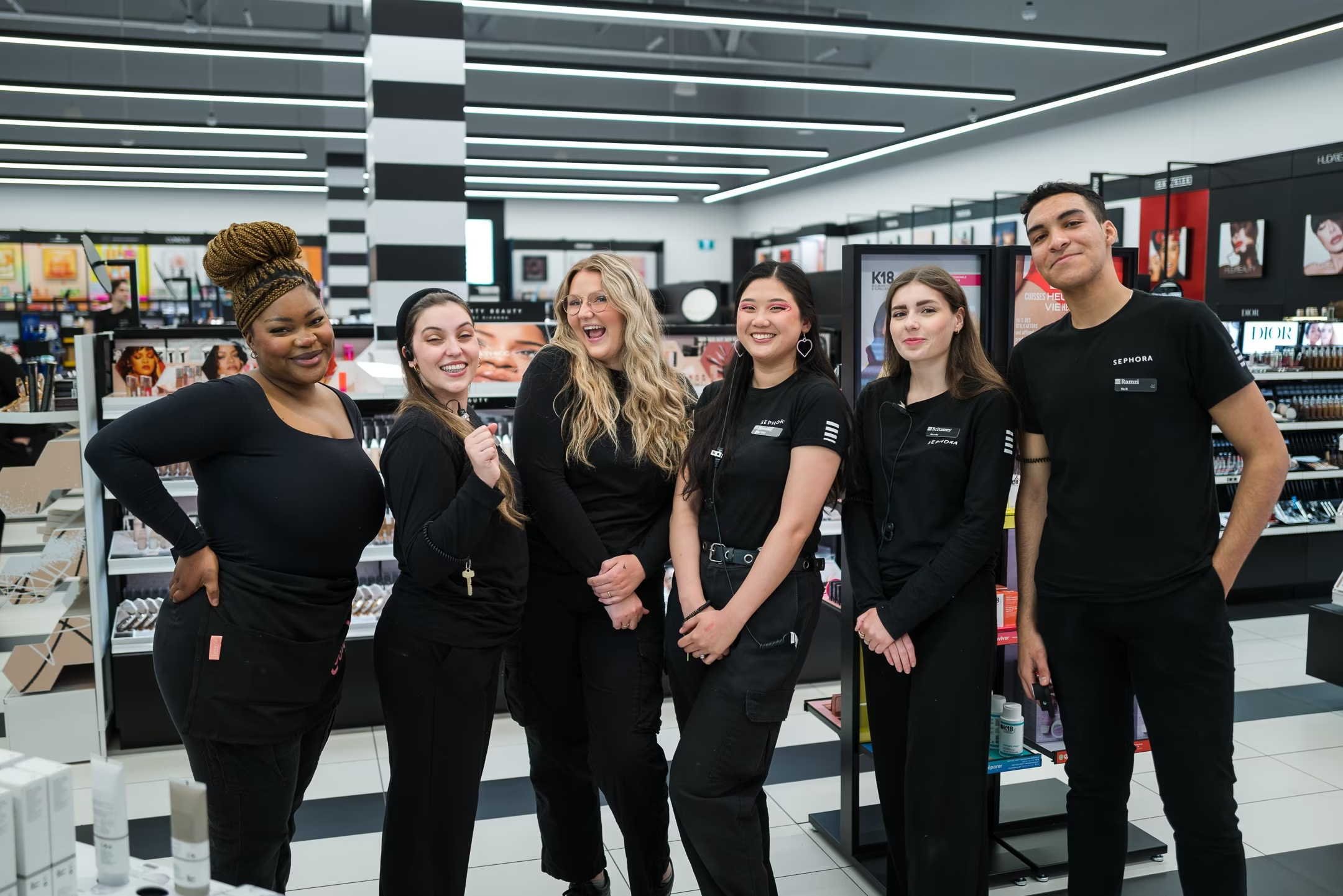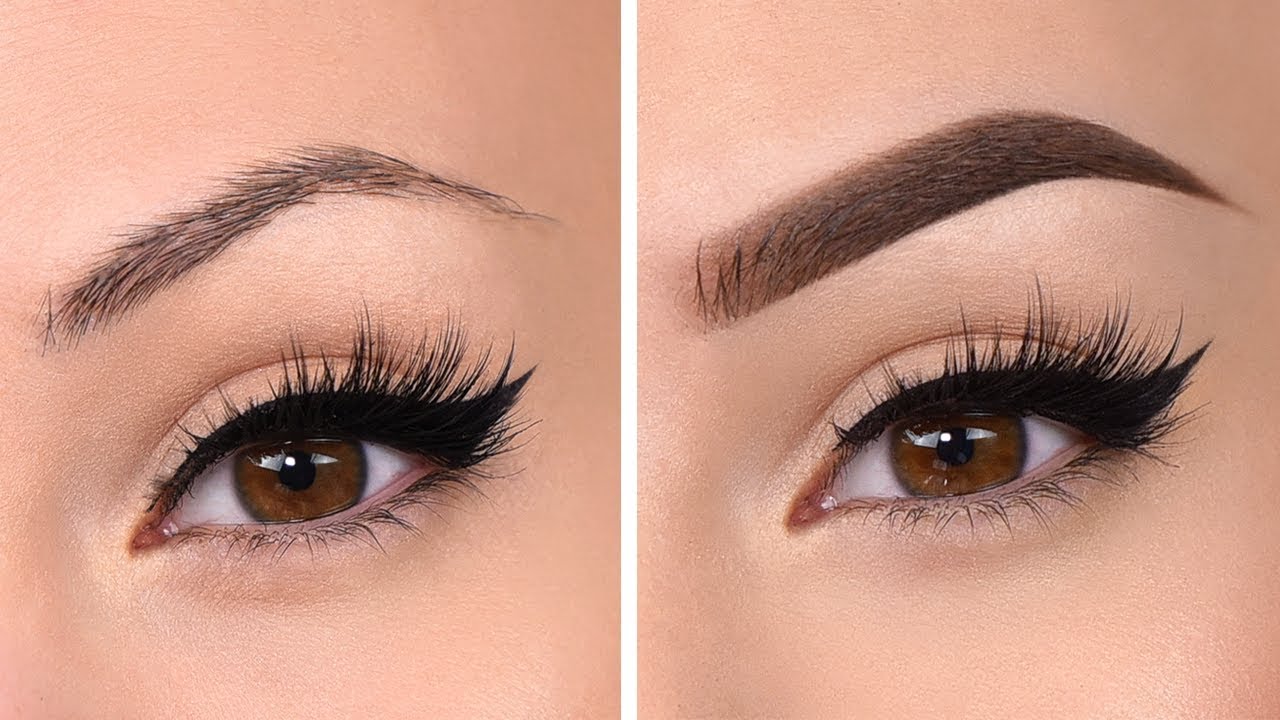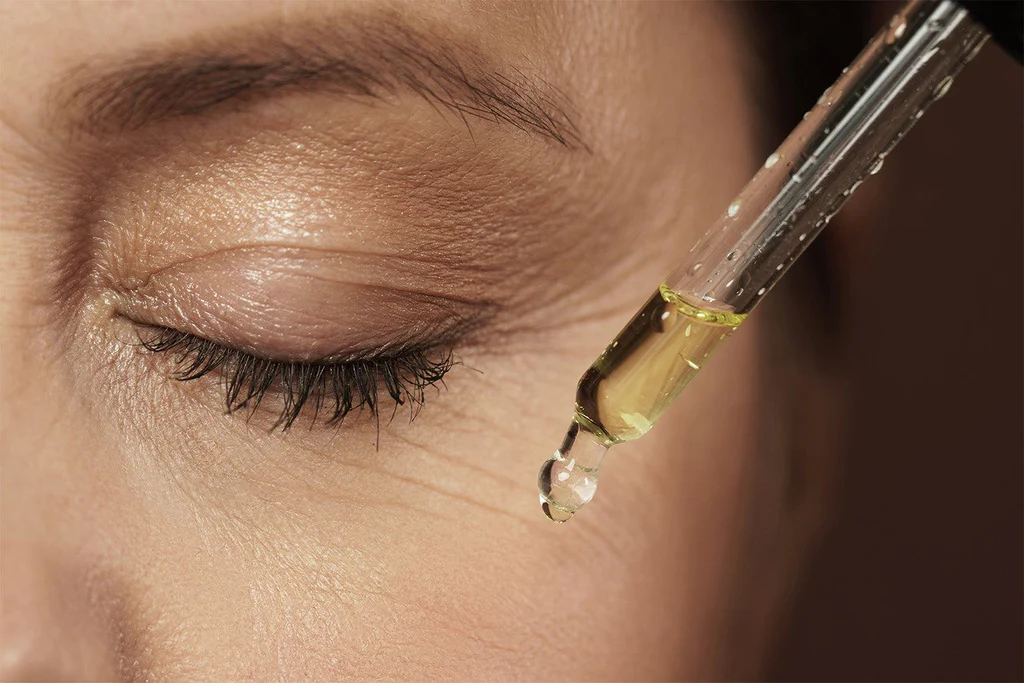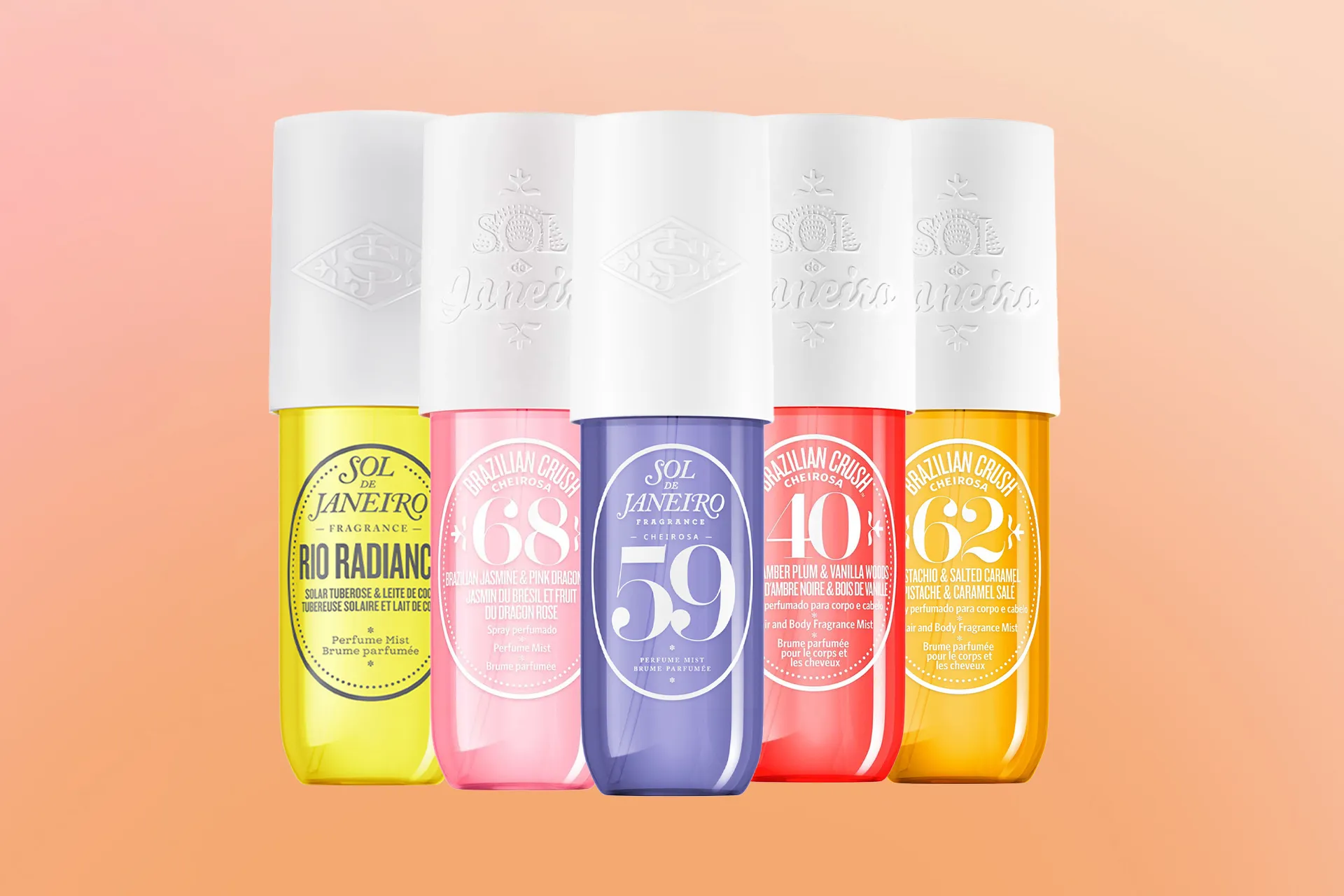
 By
Your Beauty Plug
By
Your Beauty Plug
If you are a fan of Stanley cups, the trendy and durable drinkware that keeps your beverages hot or cold for hours, you might have seen some alarming posts on social media claiming that they contain lead. But before you panic and toss your beloved tumblers in the trash, here’s what you need to know about the truth behind these claims and the safety of your Stanley products.
Stanley is a brand of vacuum insulated stainless steel products that include mugs, bottles, food jars, and more. They are known for their quality, durability, and lifetime warranty. Stanley products have been around since 1913, but they gained a new surge of popularity in recent years thanks to viral TikTok videos and collaborations with brands like Starbucks and Costco.
Many people love Stanley cups for their ability to keep drinks hot for up to 9 hours or cold for up to 14 hours, as well as their sleek design and variety of colors and sizes. Some Stanley cups have even become collector’s items and status symbols, selling out fast and fetching high prices on resale sites.
The short answer is yes, but the long answer is more complicated. Stanley cups do contain a small amount of lead, but it is not on the surface of the cup or in contact with your drink. It is inside a sealed pellet that is used to create the vacuum insulation technology that makes the cups so effective.
The pellet is completely enclosed by a stainless steel cover, making it inaccessible to users. The only way to expose the lead is to remove the cover, which is possible but rare and not recommended. Stanley says that this is a standard sealing practice used in the industry, and that their products meet all U.S. regulatory requirements, including California Proposition 65, which requires businesses to provide warnings to Californians about heavy metal and chemical exposure.
The concern about lead in Stanley cups started when some social media users posted videos of themselves performing at-home lead tests on their cups, showing positive results. However, these tests were not done on the inside of the cup where the drink is, but on the bottom of the cup where the pellet is. Some of these users also removed the cover to expose the pellet, which is not advisable.
Lead is a toxic metal that can cause serious health problems, especially for children and pregnant women. Lead poisoning can affect the brain, nervous system, kidneys, and blood. Lead can enter the body through ingestion, inhalation, or skin contact. Therefore, it is understandable that people would be worried about lead in their cups, especially if they use them frequently or give them to their kids.
However, experts say that the risk of lead exposure from Stanley cups is very low, as long as the cover is intact and the pellet is not touched. The liquid inside the cup does not come in contact with the lead, so there is no chance of ingesting it. The lead is also not on the surface of the cup, so there is no chance of inhaling it or absorbing it through the skin. The only way to get exposed to the lead is to touch the pellet and then touch your mouth or nose, which is unlikely and avoidable.
If you are curious or concerned about whether your Stanley cup has lead in it, you can look at the bottom of the cup and see if there is a small circular cap. This is the cover that hides the pellet that contains lead. If the cover is intact and not damaged, then you have nothing to worry about. If the cover is missing or broken, then you might have a problem.
If you find that your cover is missing or broken, you can contact Stanley and submit a claim through their lifetime warranty. They will replace your cup with a new one that has a sealed cover. You can also dispose of your cup safely by following the guidelines from your local waste management authority.
Stanley says that they are aware of the concerns raised by some of their customers and that they are working on finding alternative materials for their sealing process that do not contain lead. They also say that they are committed to providing safe and high-quality products that meet or exceed all standards and regulations.
In the meantime, they assure their customers that their products are safe to use as long as the cover is not removed or damaged, and that they will honor their warranty for any defective or damaged products. They also encourage their customers to contact them if they have any questions or feedback.
Stanley cups are popular and effective drinkware that keep your beverages hot or cold for hours. They do contain a small amount of lead, but it is not on the surface of the cup or in contact with your drink. It is inside a sealed pellet that is used to create the vacuum insulation technology that makes the cups so effective.
The risk of lead exposure from Stanley cups is very low, as long as the cover is intact and the pellet is not touched. The liquid inside the cup does not come in contact with the lead, so there is no chance of ingesting it. The lead is also not on the surface of the cup, so there is no chance of inhaling it or absorbing it through the skin. The only way to get exposed to the lead is to touch the pellet and then touch your mouth or nose, which is unlikely and avoidable.
Stanley is working on finding alternative materials for their sealing process that do not contain lead. They also offer a lifetime warranty for their products and will replace any cup that has a missing or broken cover. They also welcome any questions or feedback from their customers.
We hope that this blog post has answered your questions and cleared your doubts about Stanley cups and lead. If you are a fan of Stanley cups, you can continue to enjoy them without fear, as long as you follow the safety precautions and check the condition of your cup. If you are not a fan of Stanley cups, you can choose from other brands and options that suit your preferences and needs. Either way, stay hydrated and healthy!




